In the first year of Hongwu in the Ming Dynasty. In order to eliminate the influence of the clothing left by the Yuan Dynasty, Zhu Yuanzhang issued an edict to the whole country, requiring the removal of Hu clothing. However, it was not the emperor who could determine the style of clothing, but the general public.
Zhu Yuanzhang's edict on the restoration of the clothes and the crowns did not completely return people's dress to the Tang Dynasty tradition. Even many elements of Mongolian clothing of the Yuan Dynasty were retained because they were convenient to wear on a daily basis, resulting in the formation of Ming clothing of various shapes and features.
Ming Style Hanfu vs. Song Style Hanfu
For the general Hanfu lover, the difference between Ming Hanfu and Song Hanfu is probably the hardest to tell. Although it is often possible to make some guesses by feeling after wearing it, it is not really easy to pick out a single piece to see.
Although there was no mention in Zhu Yuanzhang's edict of restoring clothing to the style of the Song Dynasty, but the Tang Dynasty was a distant time for the people of the Ming Dynasty. Therefore, the people still spontaneously wear their clothes closer to the Song Dynasty. That’s why many Ming Dynasty clothing styles can be traced back to the Song Dynasty to find rudiment.
Mamian skirt: pleated skirt + Xuan skirt
The Mamian skirt (马面裙), which has been hotly debated this year is a style that was particularly popular in the Ming Dynasty. This kind of skirt has front and back four wide skirts doors, each two overlap, symmetrical before and after. The skirt has parallel folds on the sides for easy movement.
From the perspective of shape, the biggest difference between the Mamian skirt and the skirt of the previous dynasty is actually from one-piece into two independent pieces, partially overlapping two trains. And this kind of slit skirt origin is from the Song Dynasty.
In the Song Dynasty, women created Xuan skirts (旋裙) with front and back silt for the convenience of movement, which can be called the predecessor of the Ming Dynasty Mamian skirt.
The Mamian skirt has both smooth skirt doors and pleats, it is from another type of skirt from the Song Dynasty: the pleated skirt. But the pleated skirt only has two doors and has a pleat in the middle. The combination of these two types of dresses resulted in the Mamian skirt that was popular in the court and among the people in the Ming Dynasty.
Formal dresses accessory: Fangxin Quling
Not only the folk dress, but also the official dress which supposedly followed the Tang style did not lack the characteristics of the Song Dynasty. For example, the most important etiquette costume for officials: sacrificial clothing actually refers to the style of the Song Dynasty.
There is a record of Fangxin Quling (方心曲领) in the ancient book "History of Ming: Yu Fu Zhi": Hongwu twenty-six years issued a clothing regulation: from the first class to the ninth class of officials, need to wear a green silk clothing inside, then white gauze top, all black collar edge. Wearing red damask skirt with black edge, red Bixi. And according to the rank of the officials, the difference in the ceremonial hat, leather belt, brocade, ribbon.
Although it is true that in the "Book of Sui" and the "New Book of Tang" there is a record that the emperor and officials wore a Fangxin Quling, but from the portraits of that time, the Fangxin Quling of the Sui and Tang Dynasties refers to the neckline with a square cloth to avoid congestion of the collar of underwear.
By the Song Dynasty, it had become a seemingly useless collar decoration. When we watch Song Dynasty films and TV dramas, we may also wonder why officials wear a white accessories around their necks. This is actually the Song Dynasty Fang Xinqu collar. During the Jiajing period of the Ming Dynasty, the Fangxin Yuanling was abolished completely and officials were finally allowed to stop wearing this strange white accessory.
Button
Another feature of the Ming Dynasty costume is buttons. This is not because buttons were not used until the Ming Dynasty, but the appearance of buttons in the Ming Dynasty became frequent and varied. And vertical collar tops in the Ming Dynasty were widely combined with buttons.
Although in the Sui and Tang dynasties, there was the practice of using buttons to fix the top, it was the Song Dynasty that made buttons widely used. However, the buttons of the Song Dynasty were mainly in the lapel close to the underarms and shoulders, which were not the main part for fixing clothes, but only in the form of auxiliary lace-ups.
In some Song Dynasty tomb frescoes, there has been some Beizi that were influenced by ethnic costumes and sewed six pairs of buttons from top to bottom. In the Ming Dynasty, this kind of button did not disappear, but like the Mamian skirt became a member of the royal dress.
Yuan Dynasty Clothing vs. Ming Dynasty Hanfu
Judging from the original intention of Zhu Yuanzhang's imperial edict, perhaps he wasn't trying to start a national retro movement to completely convert the way of dressing to the ancient way. His fundamental purpose was to eliminate the influence of the previous dynasties, especially the so-called Hu custome clothes brought into the Central Plains by the Mongols in the Yuan Dynasty.
However, it was the choices of the common people rather than the imperial edicts that really determined the popularity of clothing. Benefiting from this, some clothes with Mongolian elements were also improved and integrated into the Ming Dynasty costume.
Da Mao
If you have browsed through the portraits of Yuan Dynasty emperors, then you must have a deep impression of the round hat.
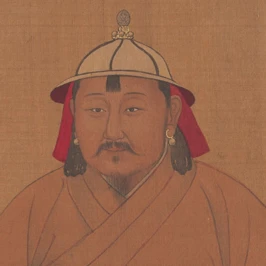
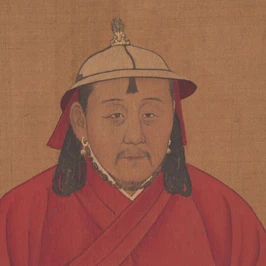
This kind of hat with a round shape, melon ribbed pattern, and slightly tilted downward hat brim, called the Boli hat (钹笠帽). It is named for its resemblance to a brass cymbal. There is no doubt that this is a veritable Mongolian costume. However, this kind of hat was not banned in the Ming Dynasty, but widely existed in all stratums like the Yuan Dynasty. It can often be found in the novels and notes of the Ming Dynasty.
Based on the Boli hat, many variants have also been produced by changing the width and tilt angle of the hat brim. Petty officials, domestic servants, officials, and even the emperor wore the round brimmed hat with Mongolian characteristics with a round hat. For example, this kind of hat with wide and straight brim not only appeared in the list of relics of Emperor Chengzu of Ming Dynasty, but also often appeared in the portraits of Ming Dynasty officials.
Probably because this kind of hat with cornice is larger than the traditional Chinese headscarf Futou, it is often called a Da Mao (大帽, big hat) in the Ming Dynasty literature.
Feiyu Fu and Yisan
Another kind of Mongolian clothing that gradually took on the Ming style was the Yao Xian clothing (腰线衣, waistline clothing).
In the Yuan Dynasty, the nobility usually wore a kind of solid color Zhisun Fu (质孙服) on important occasions. Although this kind of Zhisun clothing had a single color, its production are luxury and basically can only rely on the emperor's reward to get. And Zhisun Fu is a kind of Yao Xian clothing. Simply put, the Yao Xian clothing is an ancient type of elastic band. For the convenience of horse riding, Mongolians can't fix their waist clothes with belts like Chinese clothing, so they came up with a waistline design.
The specific operation is to put a lot of fine pleats on the waist, and then fix them with some strong weaving threads. At the same time, in addition to the fold on the waist, there are also many folds on the hem so as to move freely.
Influenced by waistline clothing, people retained the design of tying the waist and pleating the hem, and it gradually formed a popular style: Yisan. The Feiyu Fu that we are familiar with in Ming Dynasty is actually a kind of official costume taking Yisan as the base.
Bijia
If you're a fan of Ming Dynasty costumes, you're no stranger to Bijia (比甲).
Although it looks like Song-style Beizi without sleeves, also like elongated Tang-style Beixin, but Bijia is indeed a costume created in the Yuan Dynasty. In the "History of the Yuan Dynasty·Biography of Empress Concubine", it is clearly recorded that the Yuan Dynasty emperor Kublai Khan's empress Cha Houbi created a kind of clothing called Bijia, which was short in front and long in back, sleeveless and collared.
In the Ming Dynasty, the length of the front and back of clothes was no longer strictly observed. And the shape of the clothes was changed from the original rectangle to trapezoid in order to adapt to women's dresses. Bijia of different lengths and exquisite workmanship became popular clothing for people in Ming Dynasty, especially women in Ming Dynasty.
Collars, hats, waistlines, these various elements of the previous generation were naturally integrated into the life of the Ming people in this way, and re-integrated and developed in the Ming people, eventually becoming the most unique part of the Ming Dynasty costume.
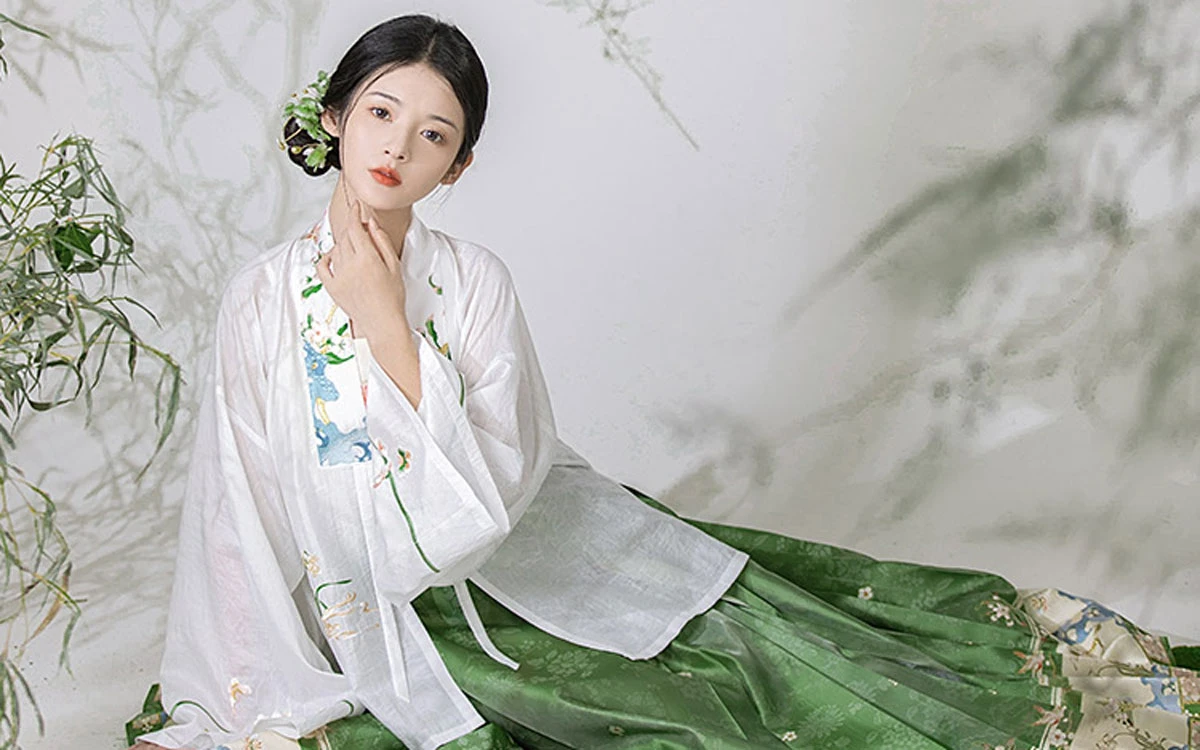
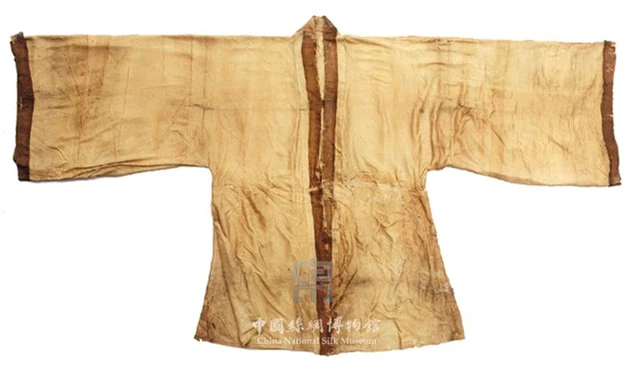
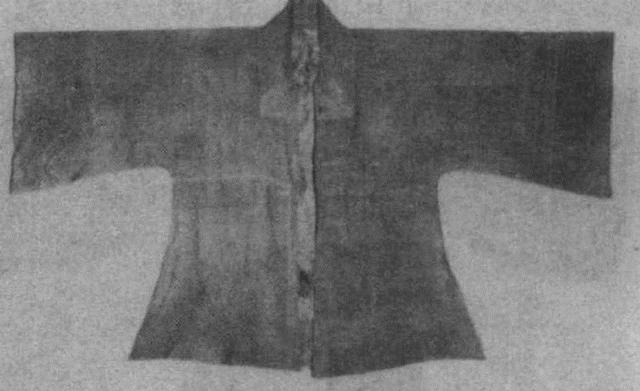
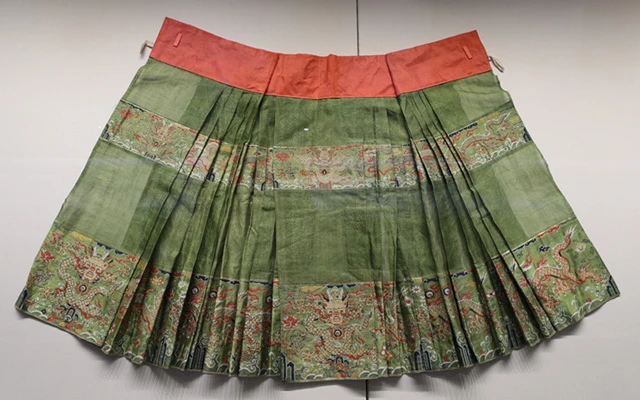
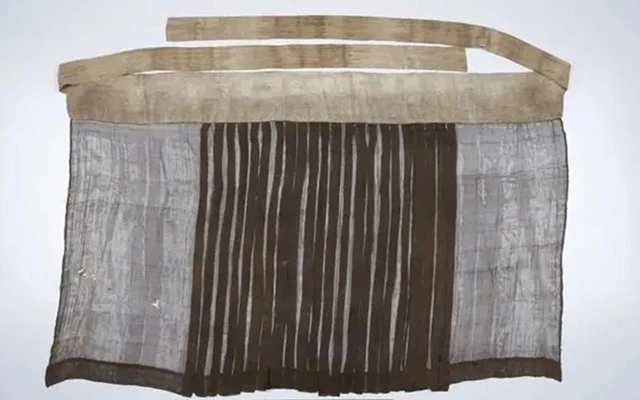
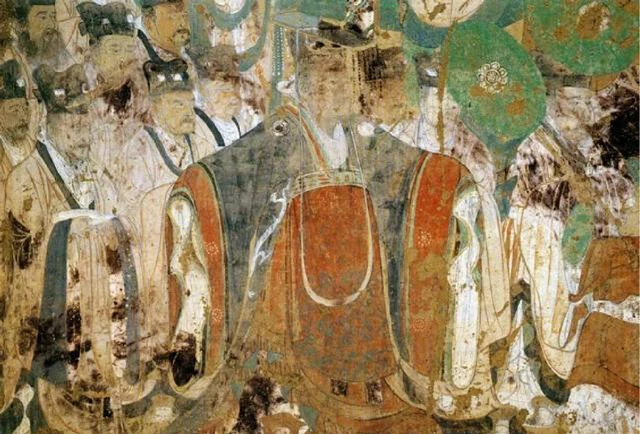
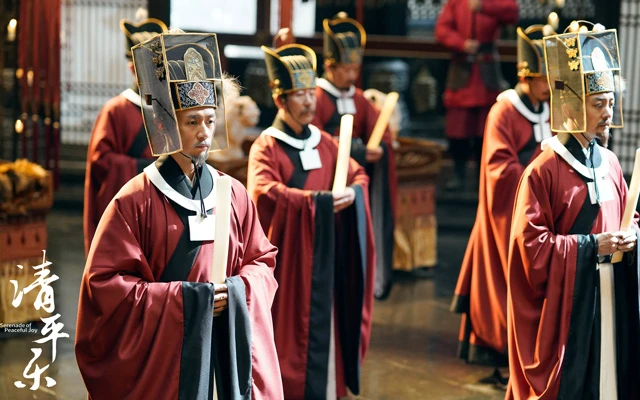
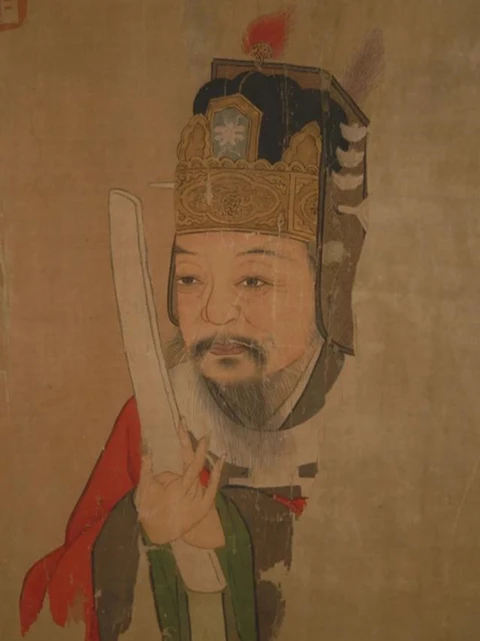
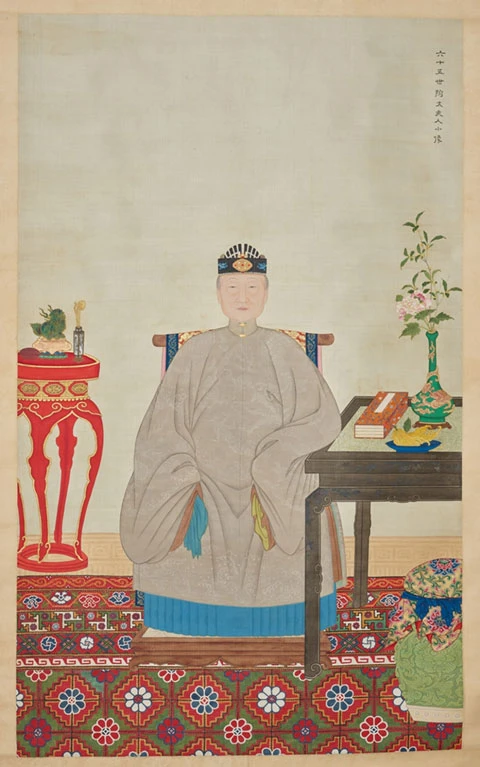
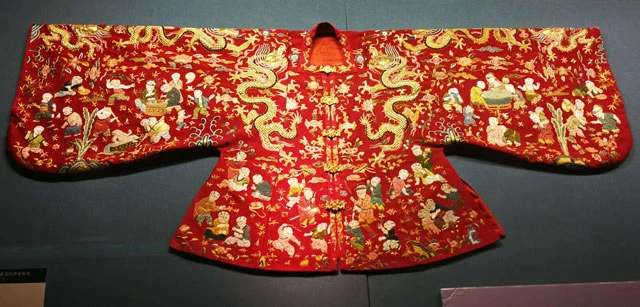
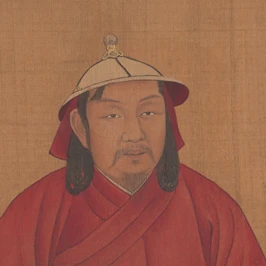
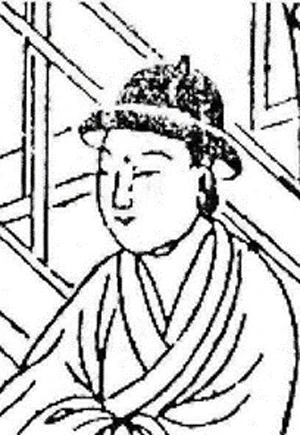
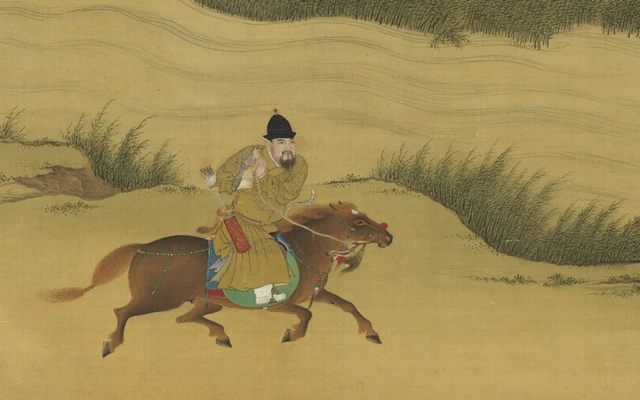
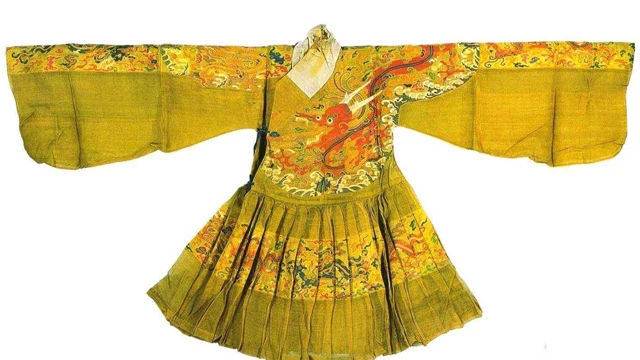
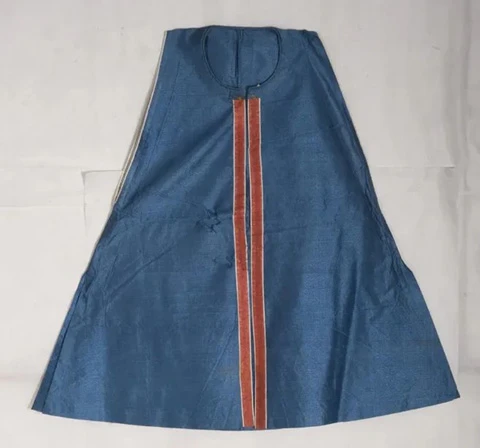


Memang slalu berbeda dalam setiap dinasty
Dalam berpakaian juga diatur ya setiap dinasty
nice share
👍👍